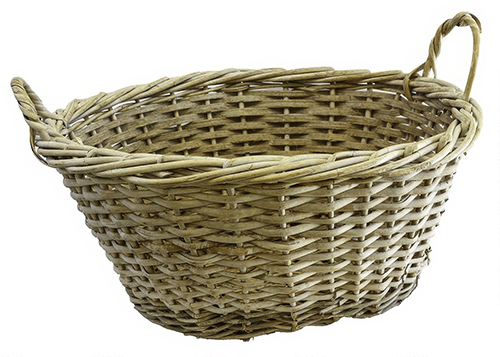
New Zealand’s free school lunch programme Ka Ora, Ka Ako – Healthy School Lunches, was launched by the Labour government in 2019 with the aim of reducing food insecurity, and “putting students in a good place to learn”.
Initially a two-year initiative for primary and intermediate students, it was expanded to secondary schools in February 2020.
Currently almost 230,000 students from over a thousand schools and kura get a free lunch every school day through the programme. That’s around a million lunches every week.
The name Ka Ora, Ka Ako is about being healthy and well to be in a good place to learn.
(The Māori word, ora means life, or to be alive, and the word ako means to both teach and learn.)
While in opposition, the Act Party campaigned on abolishing the programme, with leader David Seymour calling Ka Ora, Ka Ako “wasteful”, “unaffordable”, and a “marketing stunt”.
Now we have a National-Act-NZ First coalition government and David Seymour, as associate minister of education, has been put in charge of the free school lunch programme, which is under review. “I’ve said as Act it’s a huge waste of money and it should be gone,” he said on radio recently.
How can feeding children be a “huge waste of money”?
I have lived and worked in an area where such a free school lunch programme is in effect. Seeing young children with smiles on their face and a twinkle in their eye does not accord for me as being “wasteful”, “unaffordable”, and a “marketing stunt”. And those words spoken by a member of Parliament on a Cabinet salary and travel perks galore.
‘Where are we to buy bread for these people to eat?’ (Jn 6:5)
Kids learn better with a full stomach. Parents, teachers and principals all agree on that.
Fortunately, with allocation of some $478 million in the current Budget the school lunch programme has been spared from the chopping block and will continue in its current form for the rest of the year.
It may be as equally true of adults as of children when being taught – they learn better with a full stomach.
In this Sunday’s Gospel is about being taught and being fed.
“When he looked up and saw a large crowd coming toward him, Jesus said to Philip, “Where are we to buy bread for these people to eat?”
It is also about someone/something having to give away in order that others may be fed.
“There is a boy here who has five barley loaves and two fish. But what are they among so many people?” Jesus said, “Make the people sit down.” Now there was a great deal of grass in the place; so they sat down, about five thousand in all. Then Jesus took the loaves, and when he had given thanks, he distributed them to those who were seated; so also the fish, as much as they wanted.



